French beading wire: what is best?
If you’re following this blog series, then I did touch on French beading wire back in my first post. However, I get a lot of questions about wire. So, I thought perhaps it deserved a discussion all on its own.
French beading wire recommendation
Now, if you’re hoping that I recommend a particular type or brand of wire, I will. This is the wire that I use and have used for many, many years. I love it because it is incredibly strong, yet easy to manipulate and it comes in a brilliant range of colours.
This wire is manufactured and sold in the UK. So, if you’re one of my overseas readers, you may think that isn’t helpful to you. However, I do ship overseas and you can check out the free shipping options.
But this isn’t some ‘magic’ wire. There is actually no such thing as ‘French beading wire’. What you are looking for is wire that you can use for French beading. And most likely, you can find a perfectly good brand in your own country. Maybe even in your own local craft store.
So, what I want to talk about here is what makes a wire good for French beading.
Check out my recommended French beading wire here>>
French beading wire sizes
So, first of all, let’s talk about sizing. If you know your wire, you may already know some of this. If you’re new to wirework, let me explain a few basics.
Wire ‘size’ refers to the thickness of the wire. In the US, the size is measured in ‘gauge’ (ga). In Europe, it is given in millimetres (mm). Both sizes are comparable and you can find a handy conversion chart here if you need it.
With the gauge measurement, the higher the number, the thinner the wire (just like with seed beads). This can be a little confusing. The millimetre measurement is more straightforward as you can immediately see the relative size (ie, a smaller number really does mean a thinner wire).
Happily for us, we only need to worry about two – possibly three – sizes of wire for French beading.
Common French beading wire
The wire that you are going to use for stringing beads and creating your flowers and petals is usually going to be either 28ga (0.315mm) or 24ga (0.5mm).
When I first taught myself, the books from which I learned all used 28ga wire. So, that’s what I bought.
However, as I grew more experienced, I realised something: the 28ga wire is lovely and easy to work with. As it is thinner, it is very easy to wrap, twist and shape. But, my flowers needed a lot of looking after. One small knock to the petals, and they would go out of shape.
I began to wonder what would happen if I used slightly thicker wire?
The next readily-available size was 24ga (0.5mm). So, I tried that. Yes it worked and was still pretty easy to use. And, even better, my flowers were a lot more stable.
So, now, I use both sizes, as you’ll see in my patterns. I’ll talk a little more about that below.

Stem wire
The other size you might want to worry about is 18ga or 20ga (that’s 1mm or 0.8mm). This size is generally too thick and heavy to use for making the flowers. But it is perfect for strengthening stems.
So, if you are asked to use this gauge of wire, look for long straight wire, not reels. You can usually find this easily in the floristry supplies online or in your local craft store. If you want to see what I mean, check this link>>
How to measure your wire
If you have an odd reel of wire and you’re not sure what size it is, you can measure it yourself. A handy little gadget, called a wire gauge, is the easiest way to do this. They’re not expensive!

Colouring for French beading wire
So, you can get the correct gauge of wire from many sources. But you ideally want to work with coloured wire for French beading projects. So, this probably means you need to shop for ‘coloured craft wire’.
If you are used to bead-weaving, then you already know that the colour of the thread can change the appearance of your beads. Remember, beads are basically tiny pieces of glass, so light shines through them and any object placed inside them will affect their colour.
So, for French beading, it’s a great idea to use coloured wire. Happily, craft wire now comes in a huge range of colours, making it easier than it used to be to find something that will be a decent match to your beads.
The wire you use will show slightly around the beads. But, for most flowers, you will cover your stems with green stem tape and embroidery thread. So, as you can see, you can mix and match your wire colours within a project. Then, any stem wires will be covered up.
However, like any good rule, this can be broken. I do have projects, like my Baby’s Breath, where I don’t wrap the stems. So, in this case, you have to work with green wire, whatever the bead colour.

If you’re just starting out, you don’t need to invest in every colour. You should definitely get some green wire. Then, try a fairly neutral colour that will mix with a lot of bead colours (white or silver is a good idea). You can use this for multiple flowers. Once you have decided you want to continue French beading, you can invest in more colours then.
What makes good French beading wire?
So, we’ve covered size and colour. But how do you know when you’ve found a good brand of French beading wire?
Well, rather like beading thread, this isn’t something I can teach. It will be part personal preference and part experience.
I often suggest that beginners start with the 28ga wire because it is really easy to manipulate. This will help you get used to the actual mechanics of French beading techniques.
There are occasions when 28ga wire is essential. These would include for techniques like Lacing and Single Strands. So, if your pattern is specifying a brand or size of wire, it’s a good idea to go with that. The designer may well have a good reason!
All of these things will come with experience.

Personal Preference
The personal preference is another matter. Basically, you are looking for French beading wire that has three qualities:
- Easy to manipulate/work with
- Strong so it holds its shape long-term
- Won’t break easily
That last point may sound obvious. But I think it is also the point where you will have to make your own discoveries. Just like beading thread, some wire, for some people, will work better than others. So, you may well find a particular brand of wire just breaks easily for you when you are using techniques that twist it. Whereas your beading buddy has no problems with that brand at all.
My main message here is the same as the message I give about beading thread. Try as many brands as you can. When you find one that works for you, stick with it!
A final word…
So, I hope that has clarified some of your queries about French beading wire. If you have more specific questions, leave a comment below and I will try to answer.
I’m still going to cover French beading tips and how to correct mistakes in another blog. So, this will also help as you learn to use your French beading wire…Stay tuned…!


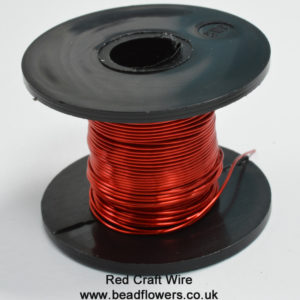
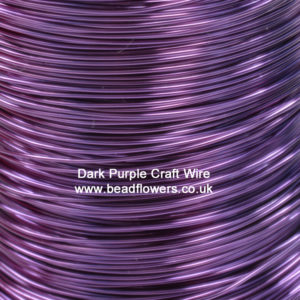
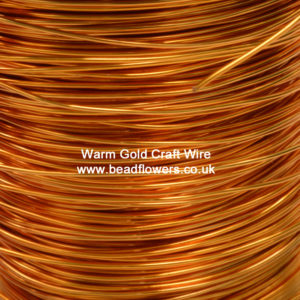
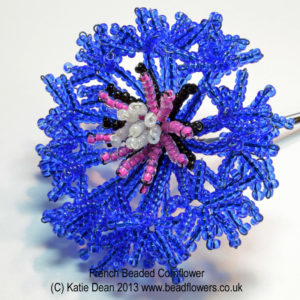
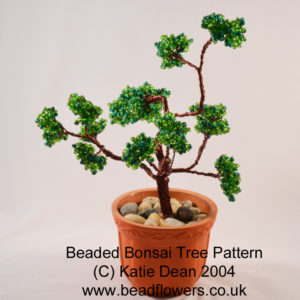

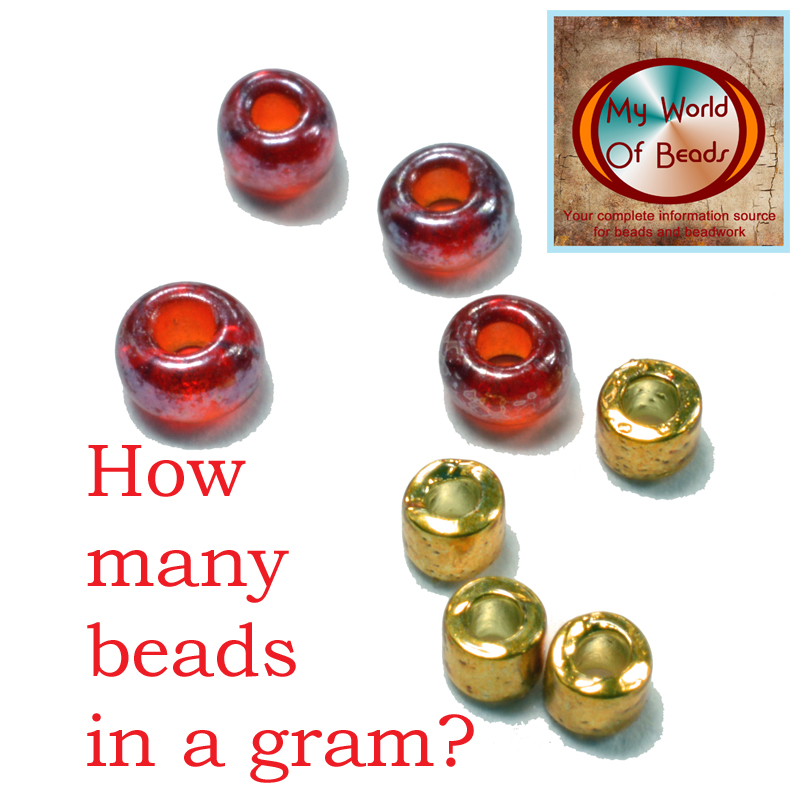
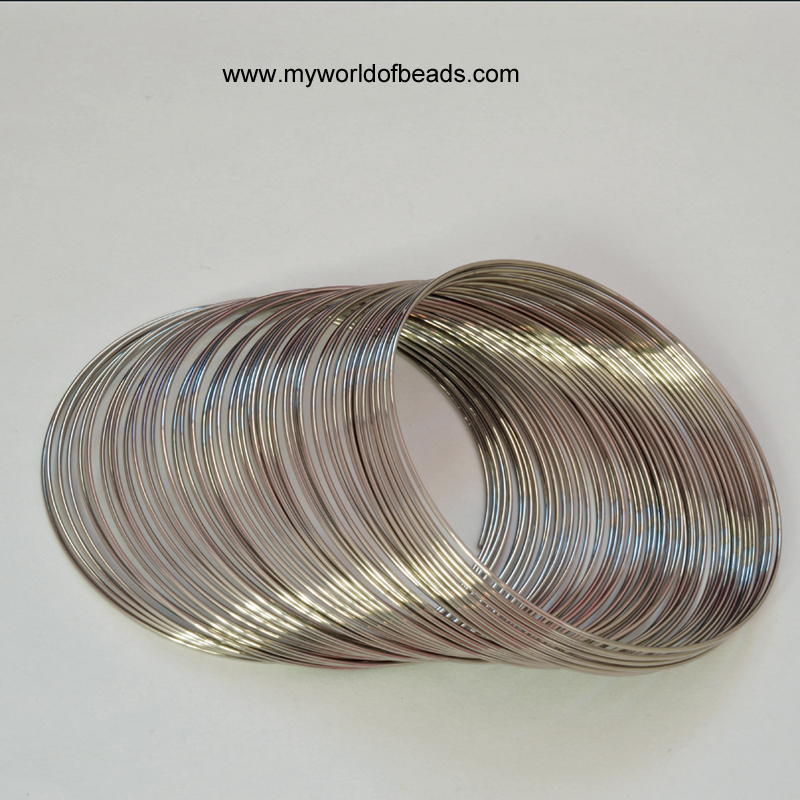







There may no such thing as ‘French beading wire’, but there is ‘French wire’ and if someone asked, that may be what they had in mind. French wire is not used for stringing or wrapping. It is mainly used to protect beading thread or wire as it goes through a finding.
Thank you for making this very obvious point: I am aware of the differences, and have covered that it here on the website. For anyone seeking to know more about French Wire I have a post about it in the materials section here: https://www.myworldofbeads.com/what-is-french-wire/
So, anyone searching for French wire should refer to that. My customers who are interested in learning more about French beading frequently search for French beading wire because there are recommended wire types for this style of beading. It is not possible (nor recommended) to use just any type of wire for French beading.